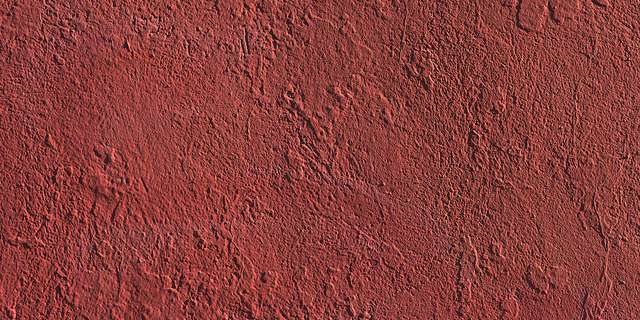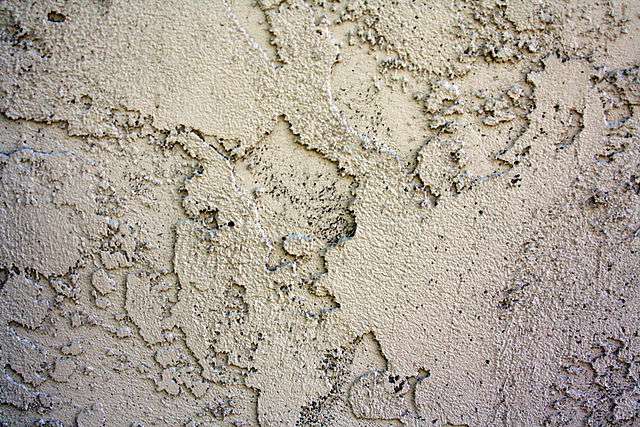
Brightly-colored stucco walls can help buildings stand out in crowded city centers. Image Source: Flickr user Jose Ramon Polo Lopez
If you’ve ever taken a road trip across the United States, you may have noticed that fast food restaurant buildings all have virtually the same appearance from franchise-to-franchise. When you visit a Taco Bell in Nevada, you’ll see almost the exact same pale orange stucco on the front of the building as you see on Taco Bell buildings in Florida and Wisconsin. This is because most restaurant chains make a conscious effort to carefully match the appearance of the stucco on each building.1 Not only does this color matching process make the buildings look more cohesive, it also helps businesses establish a unique and easily recognizable brand.
However, getting two shades of stucco to match isn’t always easy. Inconsistencies in the formula and pigments used can dramatically alter the overall appearance of stucco products. Additionally, the rough texture of the final application may cause the stucco to appear lighter or darker in color to the naked eye, even if the stucco mix is a perfect color match. To solve these common manufacturing problems, stucco manufacturers can use spectrophotometers to ensure that every product meets ideal color standards. Unlike the naked eye, which can be unreliable when it comes to accurately detecting small variations in color, a spectrophotometer provides manufacturers with the most accurate color readings possible, allowing them to create more reliable, aesthetically-pleasing building finishes.
The Value of Color Accuracy and Consistency
The appeal of stucco lies primarily in its appearance. While it provides minimal protection against the elements, stucco is frequently used to cover up more protective layers of materials, such as concrete or wood, to open up new aesthetic possibilities.2 Because the main purpose of stucco is to make a building appear more beautiful, color quality control is of utmost importance.
Contractors like to use stucco because manufacturers can mix a wide range of color pigments into the material to create virtually any color the customer would like. Whether customers are looking for a deep, rich red material, or a creamy eggshell white, manufacturers can easily mix the perfect percentage of pigment into every product. The only problem is that this color must be perfect from the moment it’s applied to the building—while you can paint over stucco, this process is time-consuming, labor-intensive, and difficult process. As such, stucco manufacturers have to get color right the first time.
However, color doesn’t just have to be consistent within a single building project. Because brands often use the color possibilities of stucco to fortify brand identity, color must also remain consistent over time and across geographic locations. This color consistency is essential to making brands easily identifiable to customers; too much variation in color can compromise customers’ perception and disrupt the sense of familiarity trademark colors seeks to elicit.

If you want to change the color of a stucco wall, you have to apply a brand new layer of stucco on top of the existing wall if you want to avoid the time-consuming work of painting. Image Source: Unsplash user Landis Brown



